Great Mathematicians Who Changed the World of Numbers
Mathematics has been shaped over centuries by brilliant thinkers whose contributions have transformed our understanding of the world. Here’s an in-depth look at some of the most influential mathematicians in history, detailing their lives, achievements, and impact on mathematics and beyond.
Table of Contents
- 1. Pythagoras of Samos
- 2. Euclid of Alexandria
- 3. Archimedes of Syracuse
- 4. Pierre de Fermat
- 5. Isaac Newton
- 6. Carl Friedrich Gauss
- 7. Leonhard Euler
- 8. Srinivasa Ramanujan
- 9. René Descartes
- 10. Blaise Pascal
- 11. David Hilbert
1. Pythagoras of Samos (c. 570 – c. 495 BCE)
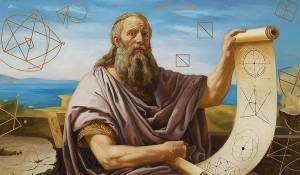
Pythagoras, one of the earliest known mathematicians, was born on the Greek island of Samos around 570 BCE. He is most famously known for the Pythagorean Theorem, which states that in a right-angled triangle, the square of the hypotenuse is equal to the sum of the squares of the other two sides. This theorem remains fundamental in geometry today and has applications in fields ranging from physics to engineering.
However, Pythagoras' contributions extended beyond this theorem. As a young man, he traveled extensively, studying under the priests of Egypt and possibly under Babylonian scholars. These travels influenced his beliefs, which integrated mathematics, philosophy, and religion. Pythagoras eventually settled in Croton, Italy, where he established a school that became known as the Pythagorean Brotherhood. This school combined mathematical studies with a unique philosophy that emphasized the mystical properties of numbers.
Pythagoras believed that numbers were the essence of all things and that the universe could be understood through mathematical relationships. His followers explored concepts such as the properties of odd and even numbers, perfect numbers, and the mystical qualities of specific numbers. They also made strides in understanding the harmonic properties of sound, discovering that musical intervals are based on simple ratios between numbers, an idea that laid the foundation for the study of acoustics.
Though little of Pythagoras' original work survives, his influence is undeniable. His ideas were foundational to later Greek philosophers like Plato and Aristotle, and his school’s work helped shape Western philosophy and mathematics. Pythagoras' belief in the interconnection between mathematics and the physical world remains influential today, and the Pythagorean Theorem is still taught to students around the world.
2. Euclid of Alexandria (c. 300 BCE)

Euclid, often hailed as the "Father of Geometry," was an ancient Greek mathematician who lived around 300 BCE. His most famous work, *Elements*, is one of the most influential textbooks in history, remaining the definitive guide to geometry for over two millennia. *Elements* is a collection of definitions, postulates, and mathematical proofs that systematically cover the knowledge of geometry and number theory of Euclid's time.
In *Elements*, Euclid presents five postulates that serve as the foundation for Euclidean geometry, including the well-known parallel postulate. These axioms form the basis for deductive reasoning, an approach where complex theorems are derived logically from simple, self-evident truths. This method established a new standard for mathematical rigor, influencing fields beyond mathematics, including philosophy and science.
Euclid also contributed to number theory. His work includes the Euclidean algorithm, a method for finding the greatest common divisor of two numbers, which remains relevant in modern mathematics. Euclid’s exploration of prime numbers, particularly his proof that there are infinitely many primes, is another lasting legacy. His proof is still celebrated as an elegant example of mathematical reasoning.
Beyond *Elements*, Euclid wrote several other works, including *Optics*, which explores the geometry of vision, and *Data*, which covers geometric problem-solving. Despite the limited biographical information about Euclid, his contributions shaped mathematics profoundly. *Elements* served as the primary geometry textbook in Europe and the Islamic world until the 19th century, a testament to its enduring significance. The rigor and systematic structure of *Elements* continue to be a model for mathematical proofs, solidifying Euclid's place as a cornerstone of mathematics.
3. Archimedes of Syracuse (c. 287 – 212 BCE)
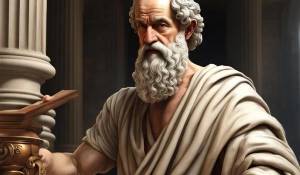
Archimedes was a Greek mathematician, engineer, and inventor whose influence on mathematics and science is unmatched in ancient history. Born in the city of Syracuse on the island of Sicily, Archimedes is renowned for his work on the mathematics of shapes, especially in the study of spheres, cylinders, and other 3-dimensional objects. His treatise, *On the Sphere and Cylinder*, is a pioneering work that presents his discoveries about volumes and surface areas. Archimedes’ approach anticipated integral calculus, nearly two thousand years before it was formally developed by Newton and Leibniz.
One of Archimedes' most famous contributions is the principle of buoyancy, often known as Archimedes’ Principle. According to legend, he discovered this principle while taking a bath, realizing that an object submerged in a fluid experiences an upward force equal to the weight of the displaced fluid. This principle has had widespread applications in engineering and fluid mechanics and is still fundamental in understanding objects in water.
Archimedes was also a prolific inventor, creating devices for both civilian and military purposes. The Archimedean screw, designed to lift water, is still in use today in various parts of the world. He also designed war machines, such as catapults and grappling hooks, to defend Syracuse from Roman invaders. His mechanical inventions demonstrated an advanced understanding of leverage, hydraulics, and other physical principles.
Despite his technical achievements, Archimedes considered himself primarily a mathematician. He made groundbreaking contributions to calculus through methods of exhaustion, calculating areas under curves and proving geometric theorems with remarkable precision. His influence reached far beyond his time, inspiring future mathematicians like Galileo and Newton. Archimedes' combination of theoretical mathematics and practical inventions showcases a blend of intellectual and practical genius, securing his place as one of the greatest mathematicians and scientists in history.
4. Pierre de Fermat (1607–1665)

Pierre de Fermat was a French lawyer and self-taught mathematician whose groundbreaking contributions laid the foundation for several fields of modern mathematics. Born in 1607 in Beaumont-de-Lomagne, France, Fermat pursued a career in law but maintained a deep passion for mathematics throughout his life. Despite being an amateur mathematician, his innovative ideas in number theory, geometry, calculus, and probability earned him a reputation as one of the greatest mathematical minds of his era.
Fermat's most famous contribution, Fermat's Last Theorem, proposed that there are no integer solutions to the equation xn + yn = Zn for n>2. Although he claimed to have a proof, it was never found, and the problem remained unsolved for over 350 years until Andrew Wiles provided a proof in 1994. Fermat also collaborated with Blaise Pascal to develop the foundation of probability theory, a field with widespread applications today. His work in analytical geometry, which paralleled that of René Descartes, bridged algebra and geometry, while his contributions to calculus predated and influenced the formal work of Newton and Leibniz.
Fermat rarely published his findings, often sharing his ideas through correspondence with fellow mathematicians. His intuitive insights, though sometimes lacking formal proofs, were ahead of their time and inspired future generations, including Euler and Gauss. Fermat’s legacy as a mathematical pioneer endures, with his work continuing to influence fields ranging from pure mathematics to physics
5. Isaac Newton (1643 – 1727)

Sir Isaac Newton, born in England in 1643, is regarded as one of the most influential scientists in history, with groundbreaking contributions to physics, mathematics, and astronomy. His most famous work, Philosophiæ Naturalis Principia Mathematica (often simply known as the Principia), published in 1687, laid the foundation for classical mechanics. This work introduced Newton’s three laws of motion, which describe how objects interact with forces and respond to changes in momentum. His law of universal gravitation further revolutionized science by explaining that every object in the universe attracts every other object with a force proportional to the product of their masses and inversely proportional to the square of the distance between them.
Newton’s development of calculus (independently from Leibniz) enabled him to solve problems related to change and motion. This new branch of mathematics, called "fluxions" by Newton, became a tool to describe the motion of objects and predict planetary orbits. Calculus has since become fundamental in mathematics, physics, engineering, and economics.
In addition to his achievements in physics and calculus, Newton made significant contributions to optics. His experiments with light led him to discover that white light is composed of a spectrum of colors. By passing sunlight through a prism, Newton demonstrated that white light could be separated into different colors, laying the groundwork for the modern study of optics. His invention of the reflecting telescope, which used mirrors instead of lenses, improved the design of telescopes and enhanced astronomical observations.
Newton's insights changed the trajectory of science. His emphasis on empirical evidence and the scientific method influenced the development of modern scientific inquiry. Though he remained private and often eccentric, his legacy is seen as the foundation of physics, with his work remaining relevant centuries after his death.
6. Carl Friedrich Gauss (1777 – 1855)
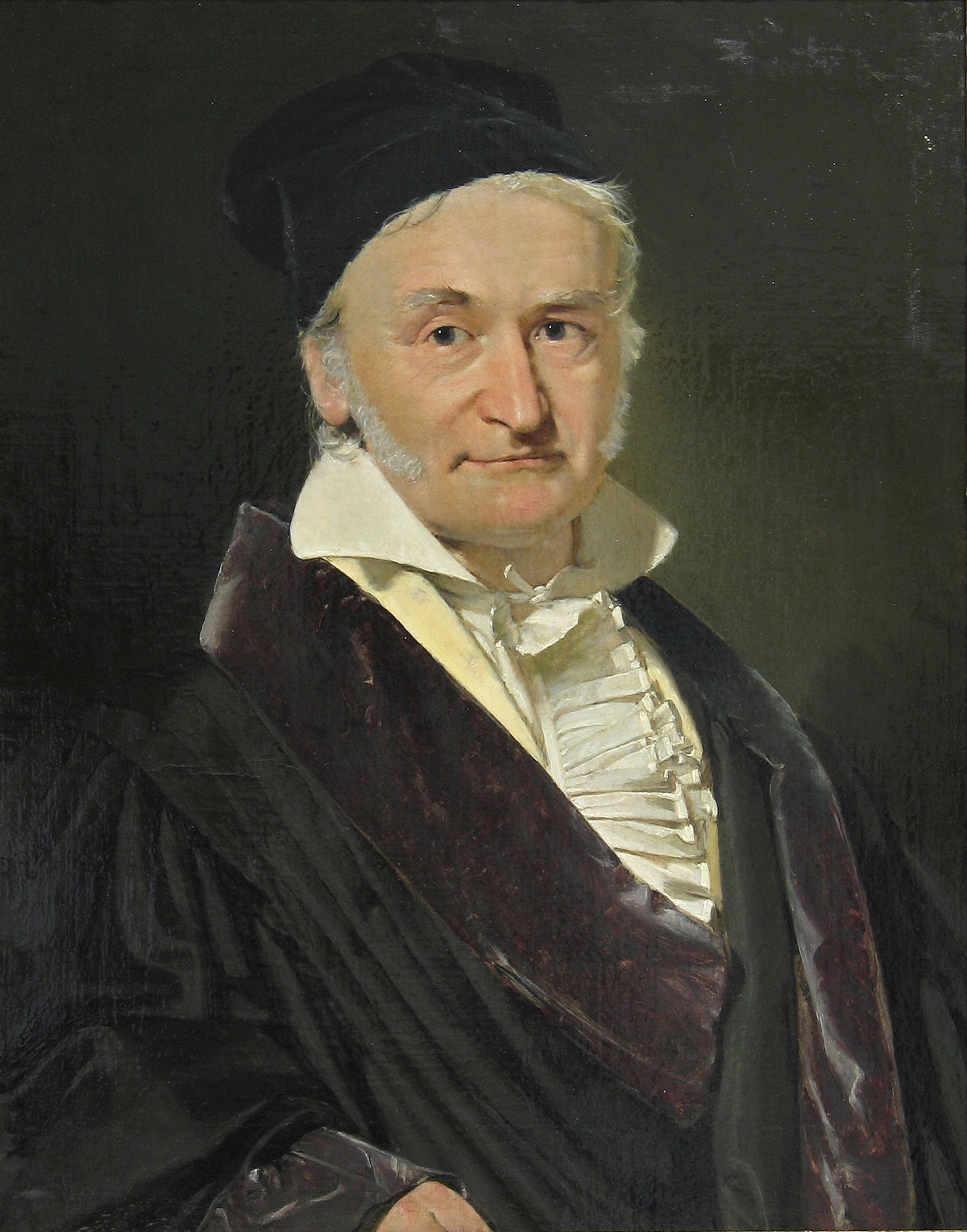
Carl Friedrich Gauss, often called the "Prince of Mathematicians," made groundbreaking contributions to numerous mathematical fields, including number theory, geometry, statistics, and astronomy. Born in Brunswick, Germany, Gauss demonstrated remarkable mathematical ability from a young age. One of his early accomplishments was the discovery of a formula to sum arithmetic sequences, which he accomplished as a young boy.
Gauss’s work in number theory was groundbreaking. His Disquisitiones Arithmeticae, published in 1801, became a foundational text for the field and introduced concepts such as modular arithmetic, which remains essential in cryptography. Gauss proved the fundamental theorem of algebra, showing that every non-constant polynomial equation has at least one complex root. His work in this area laid the groundwork for modern algebra and complex number theory.
In addition to pure mathematics, Gauss made significant contributions to applied mathematics and science. He developed the Gaussian distribution, or normal distribution, which is fundamental to probability and statistics. His work in geodesy, the measurement of Earth’s shape, led to the development of the Gaussian error curve. Gauss also contributed to the field of electromagnetism, deriving equations that describe electric and magnetic fields, known today as Gauss's law in electrostatics and magnetism.
Gauss’s deep insights across different fields continue to influence mathematics and science. His commitment to mathematical rigor and elegance earned him a lasting place among history's greatest mathematicians.
7. Leonhard Euler (1707 – 1783)
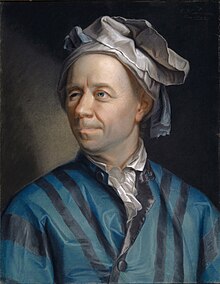
Leonhard Euler, a Swiss mathematician, made prolific contributions across a range of mathematical fields, including calculus, number theory, topology, and graph theory. Euler introduced much of the notation we use today, such as the symbol 𝑒 for the base of natural logarithms, 𝑖 for the imaginary unit, and 𝜋 for the ratio of a circle's circumference to its diameter. His influence extended beyond notation; Euler's insights contributed to the foundation of modern mathematics.
One of Euler's famous achievements is his solution to the Seven Bridges of Königsberg problem, which laid the groundwork for graph theory and topology. This problem involved finding a walk through the city that would cross each of its seven bridges only once. Euler proved it was impossible and, in doing so, created a new way of studying networks and structures.
Euler's work in number theory, particularly his formula linking prime numbers to natural logarithms, was groundbreaking. His work on infinite series led to Euler's identity, 𝑒𝑖𝜋 + 1 = 0, which is often celebrated for its beauty because it combines five fundamental constants in a single equation. Euler’s contributions to mathematical physics, including fluid dynamics, astronomy, and engineering, show the depth of his interdisciplinary knowledge.
Euler wrote extensively, producing over 70 volumes of work, more than any other mathematician in history. His legacy spans across mathematics and science, inspiring countless developments in various fields.
8. Srinivasa Ramanujan (1887 – 1920)
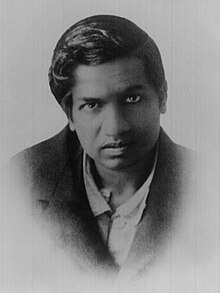
Srinivasa Ramanujan was a self-taught Indian mathematician whose intuition and creativity led to remarkable discoveries in number theory, analysis, and continued fractions. Born in Erode, India, Ramanujan’s interest in mathematics was evident from a young age. Despite limited formal education and resources, he produced groundbreaking results on his own. In 1913, Ramanujan sent a letter filled with his mathematical findings to G.H. Hardy, a prominent mathematician at Cambridge. Hardy recognized his potential and brought him to England.
Ramanujan's discoveries in number theory are particularly famous. His work on the partition function, which represents the number of ways a number can be expressed as a sum of other numbers, introduced new perspectives in combinatorics and integer partitions. His work with modular forms and mock theta functions has had far-reaching implications, including applications in physics, computer science, and cryptography.
Despite facing cultural and health challenges, Ramanujan’s productivity was astonishing. His notebooks contain thousands of original theorems and conjectures, many of which were ahead of his time. Today, mathematicians continue to study Ramanujan’s work, with many of his formulas and discoveries still being explored. Ramanujan’s life and achievements inspire mathematicians worldwide, demonstrating the power of natural talent and perseverance.
9. René Descartes (1596 – 1650)

René Descartes, a French philosopher and mathematician, is often credited as the father of analytical geometry. His work established the link between algebra and geometry, allowing geometric shapes to be represented by algebraic equations. This breakthrough enabled mathematicians to study geometry using algebraic techniques and paved the way for calculus and modern mathematics.
Descartes’ philosophical works, particularly Meditations on First Philosophy, influenced not only mathematics but also Western philosophy. His famous declaration, “Cogito, ergo sum” (“I think, therefore I am”), highlights his emphasis on doubt and reason. In mathematics, Descartes introduced the Cartesian coordinate system, which allows points in space to be expressed as pairs of numbers, and the use of variables, which revolutionized algebra.
Descartes' method of deductive reasoning and his insistence on clarity and rigor influenced both philosophy and mathematics, making his work foundational to modern science and logic.
10. Blaise Pascal (1623 – 1662)
Blaise Pascal, a French mathematician, physicist, and inventor, made significant contributions to mathematics, especially in the field of probability. Alongside Pierre de Fermat, Pascal laid the groundwork for probability theory, which has since become fundamental to statistics, economics, and the sciences.
Pascal also contributed to geometry, with his work on conic sections, and to number theory, with the development of Pascal’s Triangle. His work in physics, particularly in fluid mechanics and pressure, led to the concept of Pascal’s law, which is used in hydraulics. Pascal’s philosophical work, including Pensées, reflects his religious and existential thoughts, showing his intellectual versatility.
11. David Hilbert (1862–1943)

David Hilbert was a pioneering German mathematician whose work profoundly shaped modern mathematics, spanning fields such as geometry, algebra, functional analysis, and mathematical logic. Born in Königsberg, Prussia, Hilbert studied at the University of Königsberg and later established himself at the University of Göttingen, turning it into a world-renowned center for mathematics. One of his earliest and most influential contributions was Foundations of Geometry (1899), in which he introduced a complete and consistent set of axioms for Euclidean geometry, aiming to remove ambiguities and establish a rigorous foundation. This work not only transformed geometry but also set new standards for clarity and logical rigor across mathematical disciplines.
In 1900, Hilbert presented his famous 23 unsolved problems at the International Congress of Mathematicians, setting the agenda for much of 20th-century mathematical research. His problems spanned various fields, from number theory to mathematical physics, and continue to inspire mathematicians today. Some of these questions remain unsolved, like the Riemann Hypothesis, while others led to groundbreaking discoveries in logic, such as the resolution of the tenth problem on Diophantine equations. These "Hilbert Problems" highlighted his visionary approach, encouraging mathematicians to explore new areas and develop powerful new tools.
Hilbert was also a central figure in the development of functional analysis through his work on Hilbert spaces, infinite-dimensional spaces that became foundational in quantum mechanics and modern physics. A proponent of formalism, Hilbert sought to establish mathematics on a solid axiomatic basis, believing all of mathematics could be derived from a complete set of axioms. Although Kurt Gödel's incompleteness theorems later showed that Hilbert's vision was ultimately unachievable, his ideas nonetheless revolutionized mathematical logic and the philosophy of mathematics, influencing generations of thinkers and shaping the trajectory of modern mathematics.

